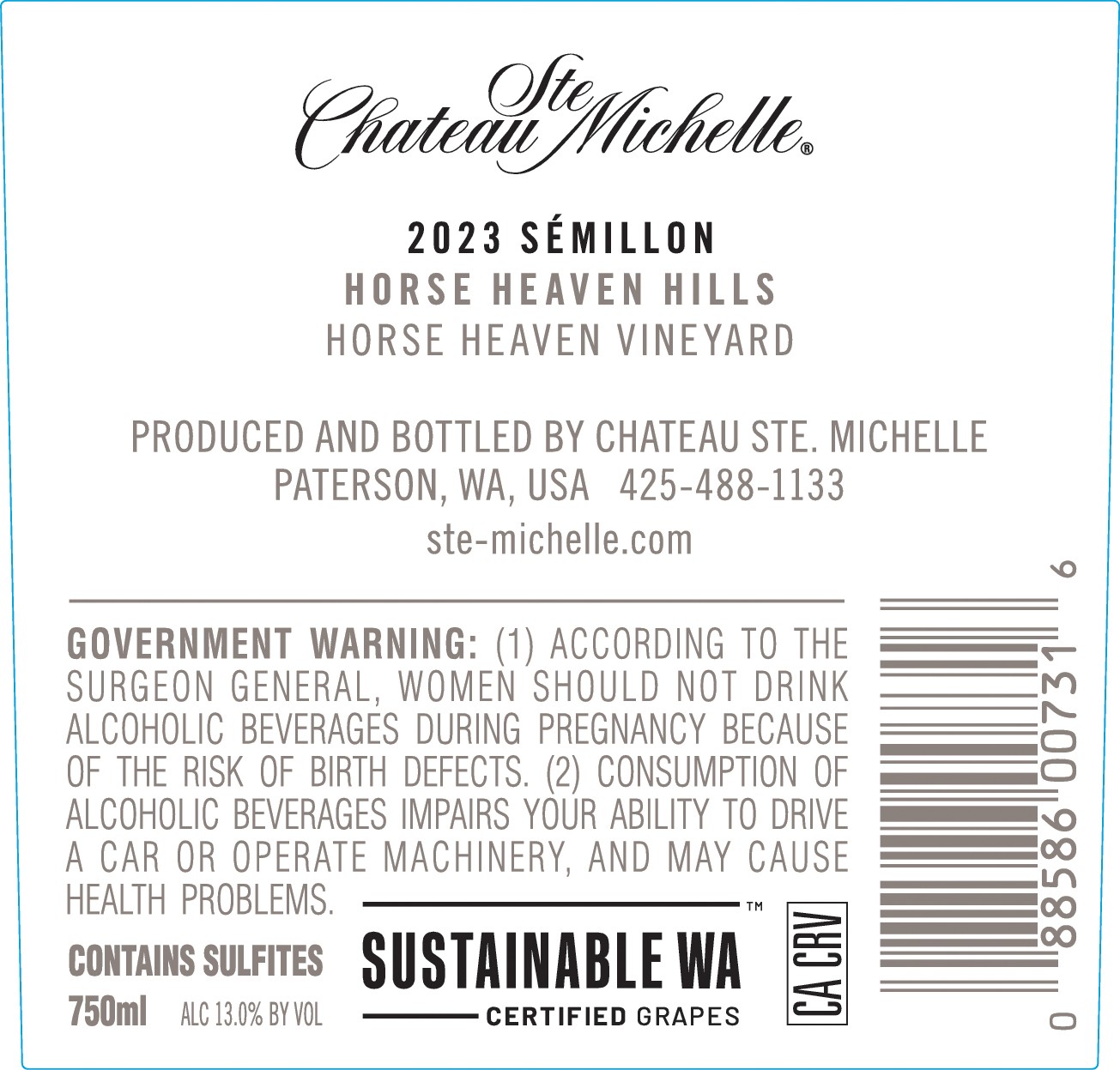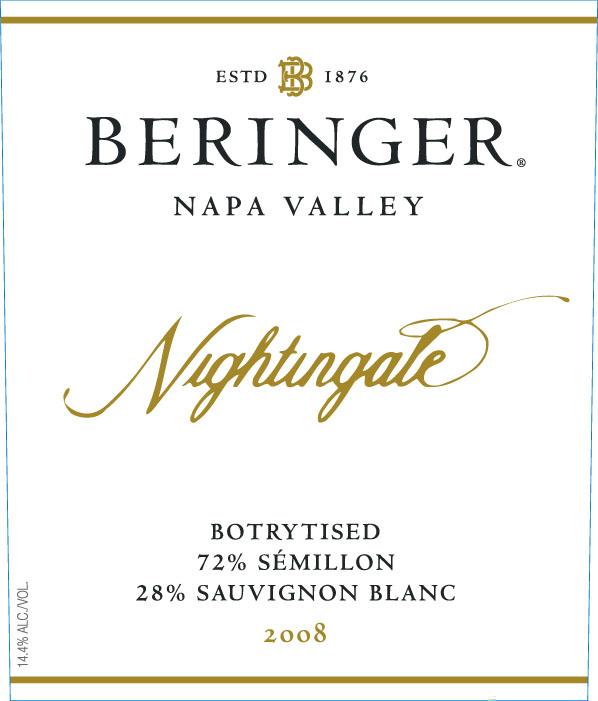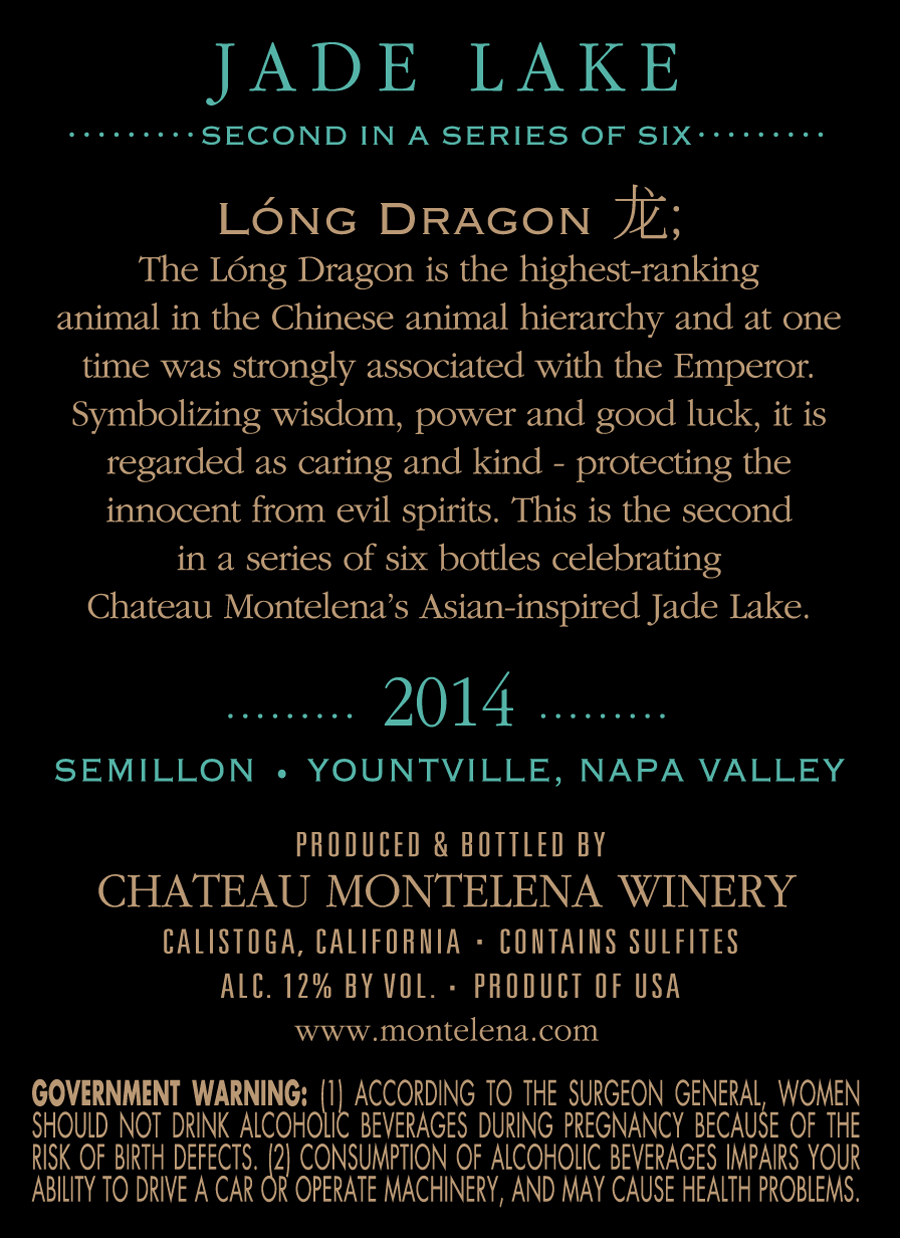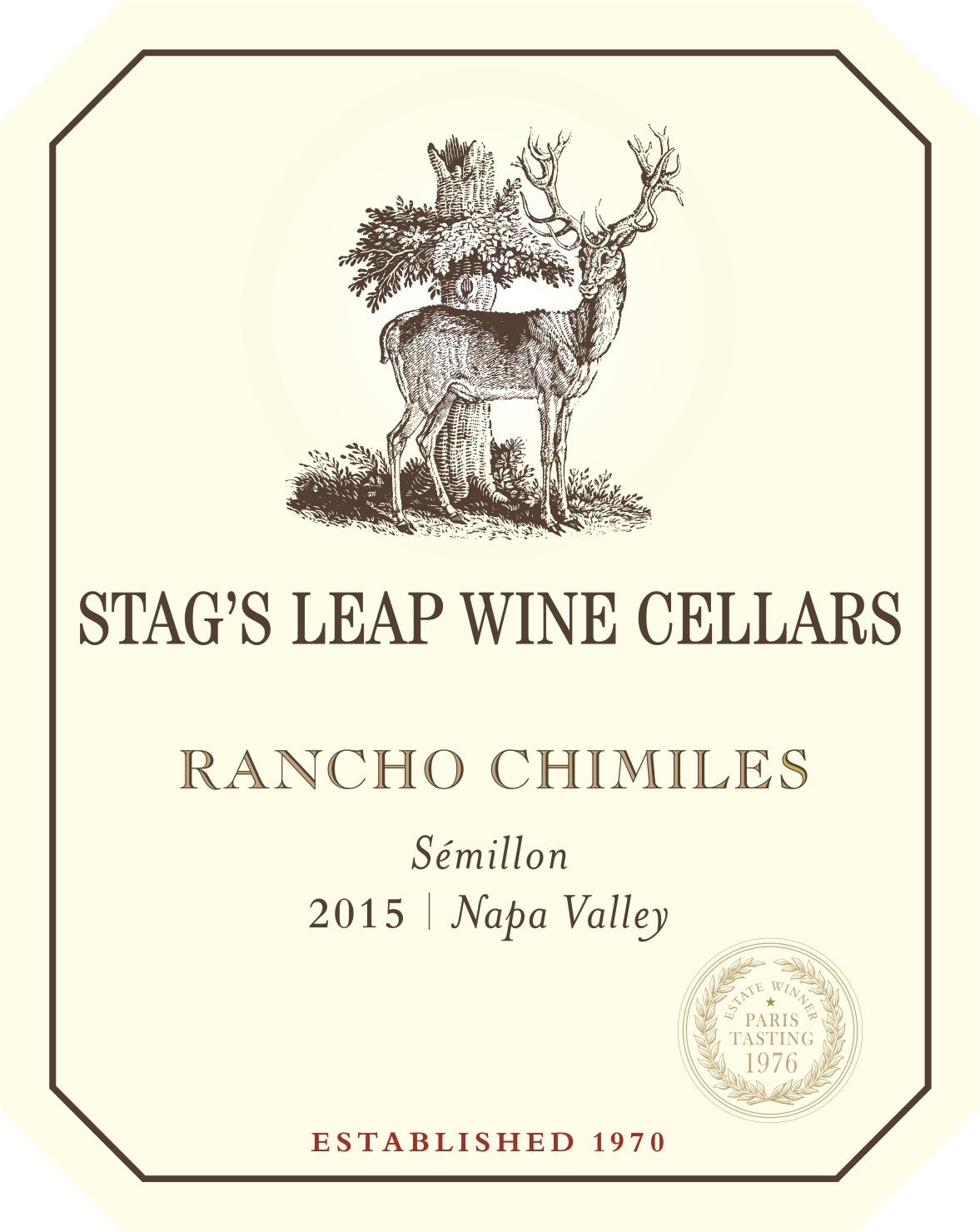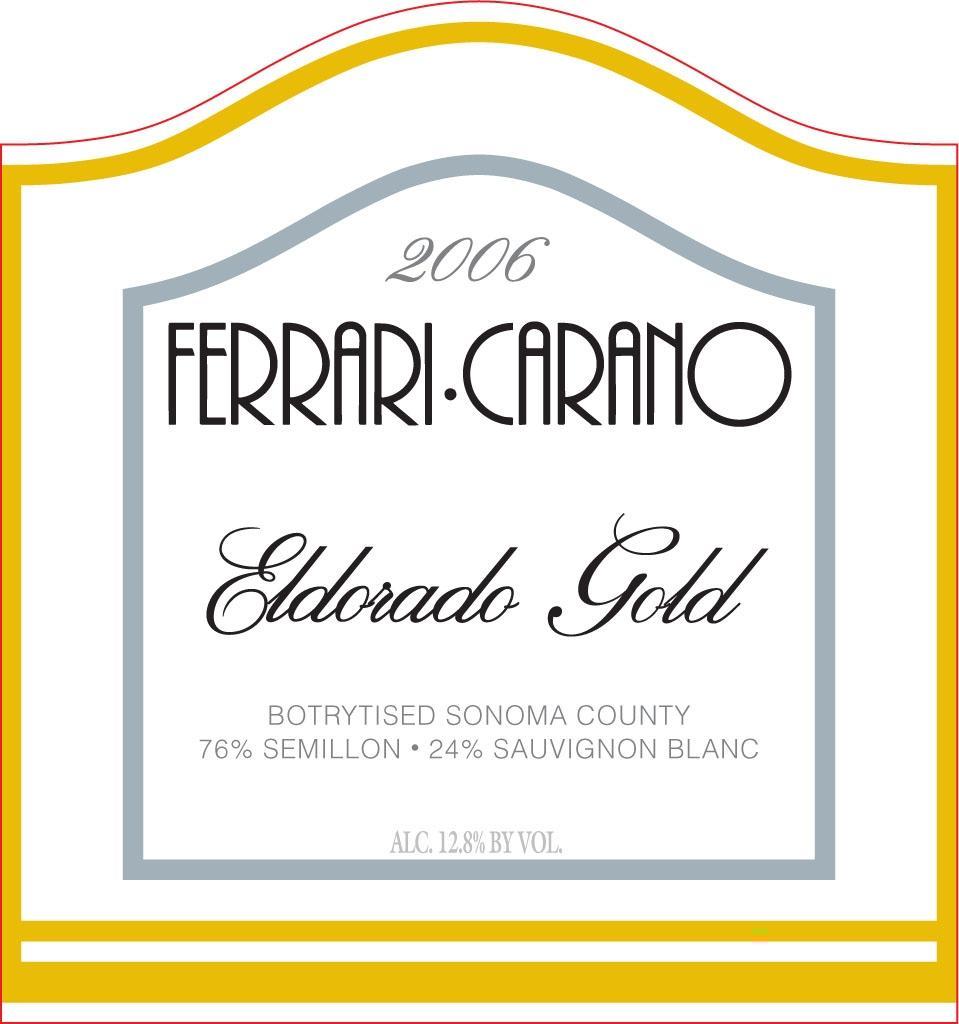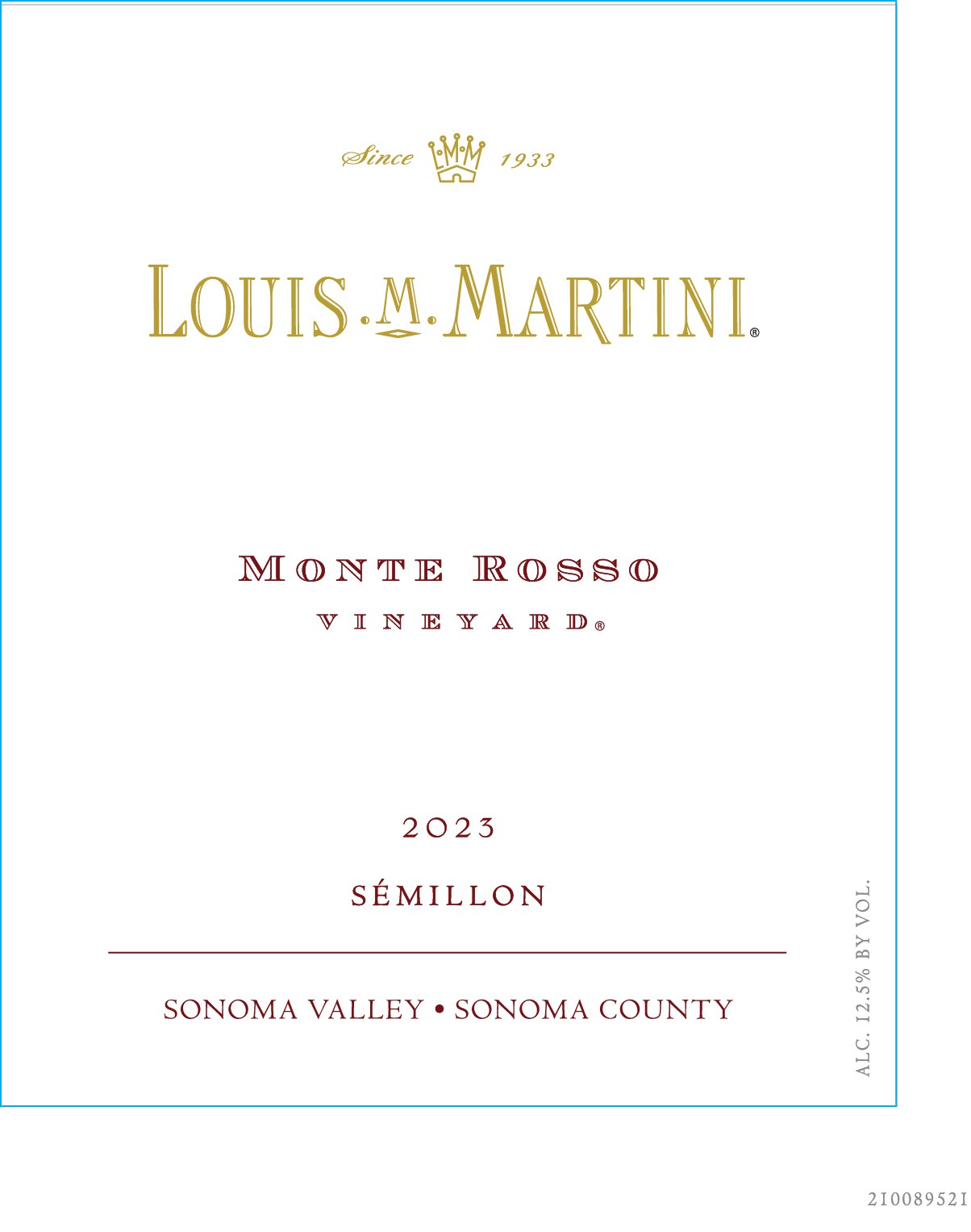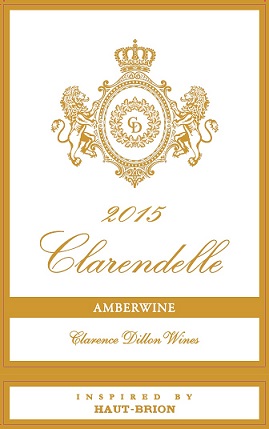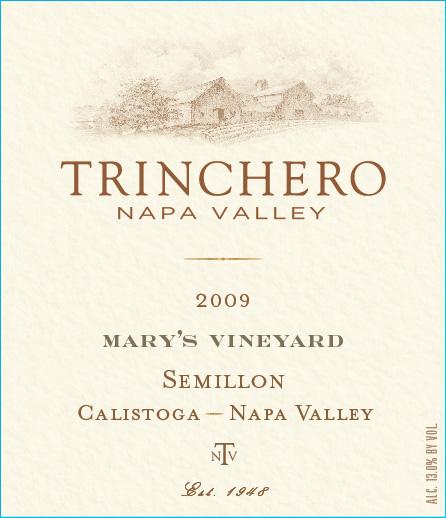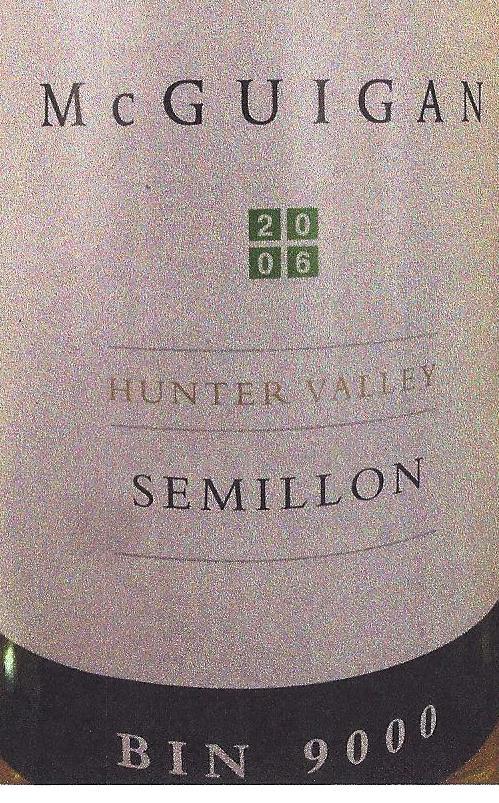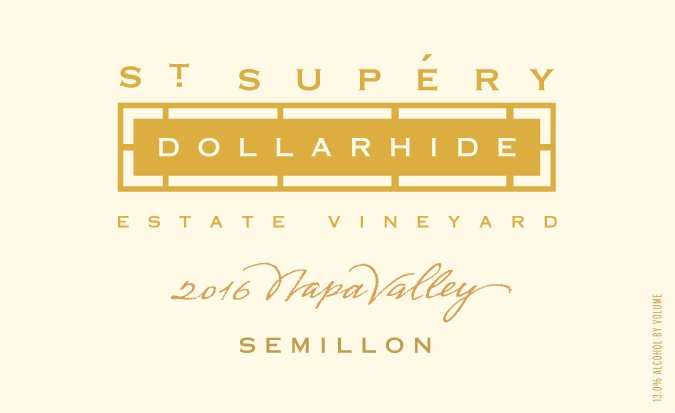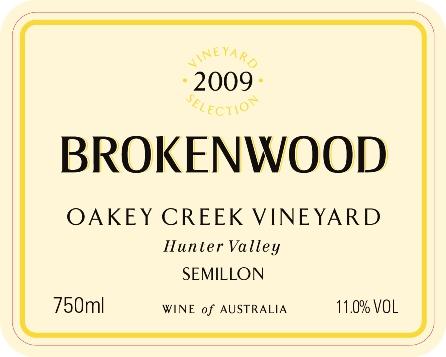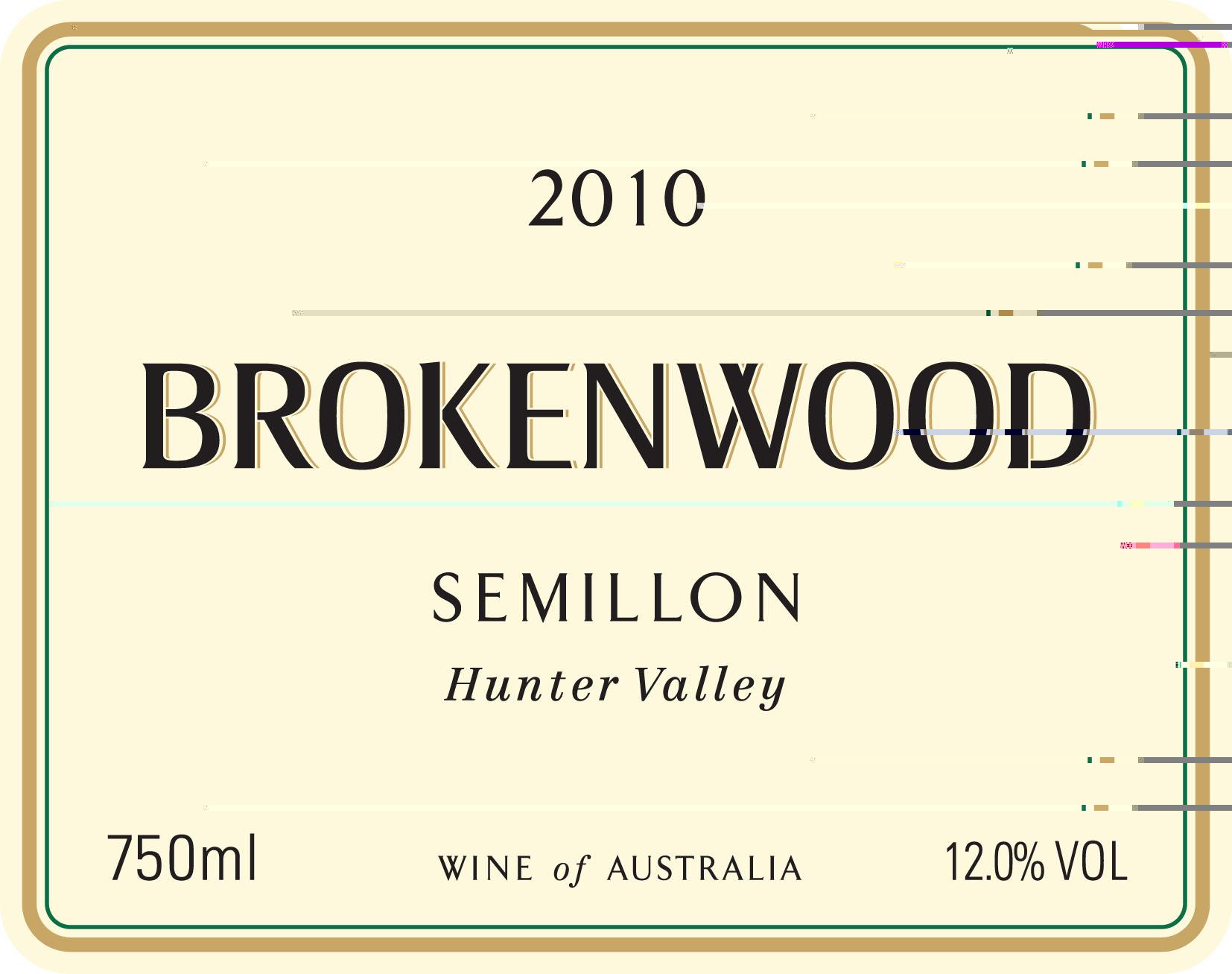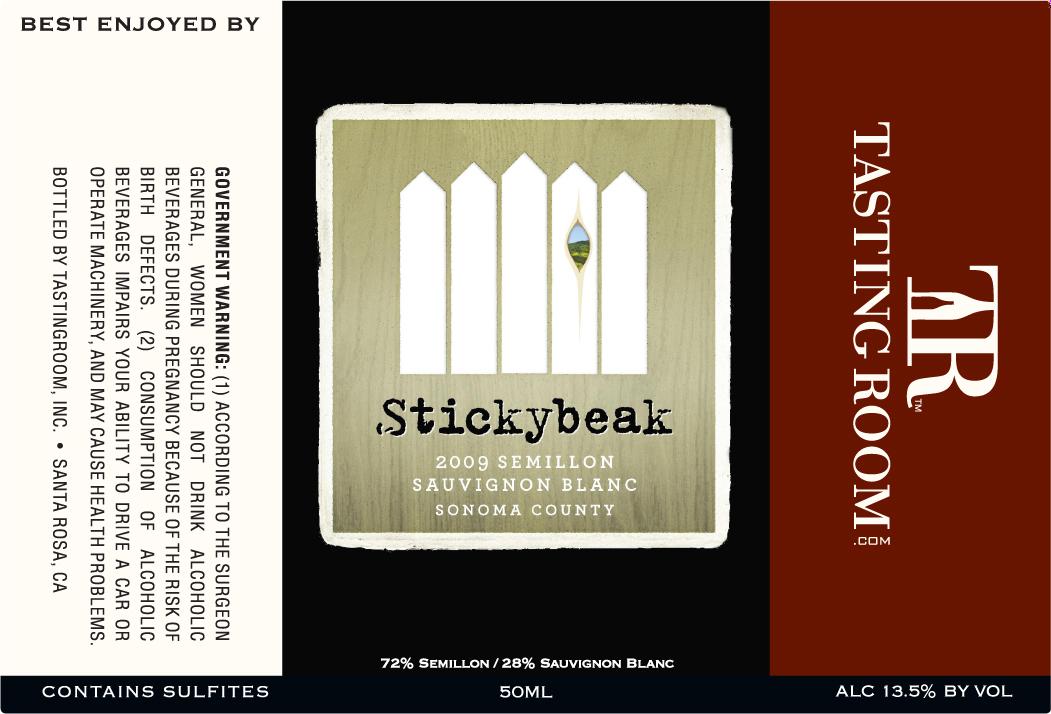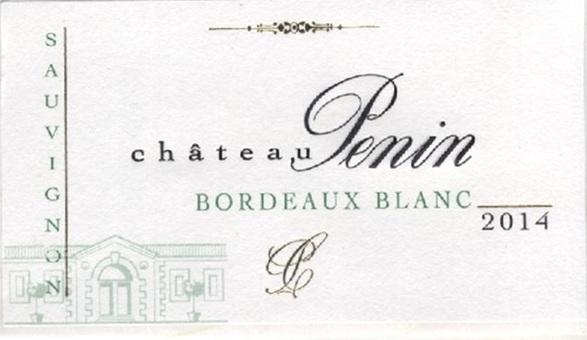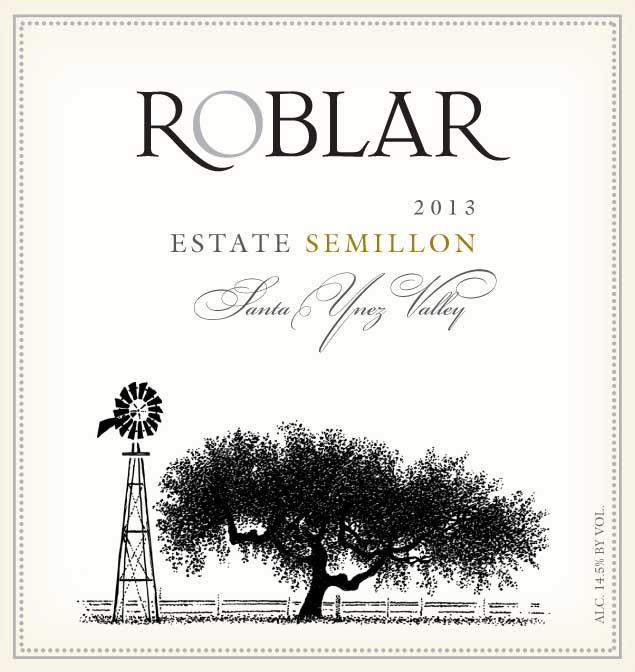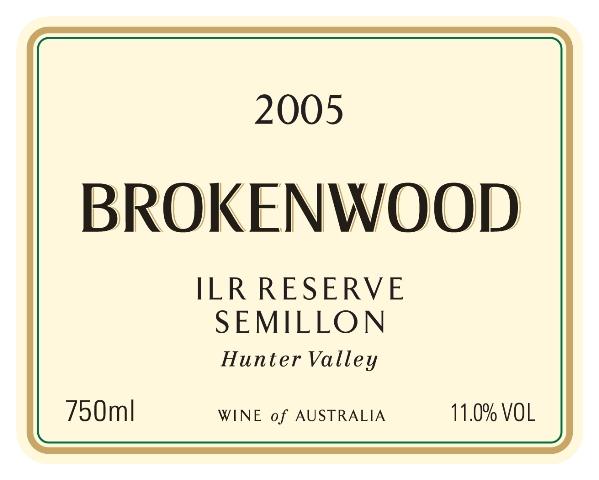Characteristics of Sémillon

Sémillon is instantly recognizable for its golden-yellow grapes, which can develop a copper blush when fully ripe—a trait that translates into the wine’s color, shifting from pale yellow in youth to deep gold with age or sweetness. Vigorous and relatively late-ripening, Sémillon thrives in a range of soils: calcium-rich soils enhance aroma, siliceous soils yield softer tones, gravelly soils favor dry Bordeaux styles, clay-limestone is best for sweet wines, and sandy alluvial soils are prized in Australia’s Hunter Valley.
Its thin skin makes it especially prone to noble rot (Botrytis cinerea), which requires foggy mornings and sunny afternoons—a paradoxical asset for Sauternes—yet the grape also shows fair resistance to other diseases. Whether dry or sweet, Sémillon is known for its medium to full body, waxy or lanolin-like texture, and alcohol levels that range from low in early-picked Hunter styles to medium-high elsewhere, with high acidity in Hunter Valley wines fundamental to their aging potential.

